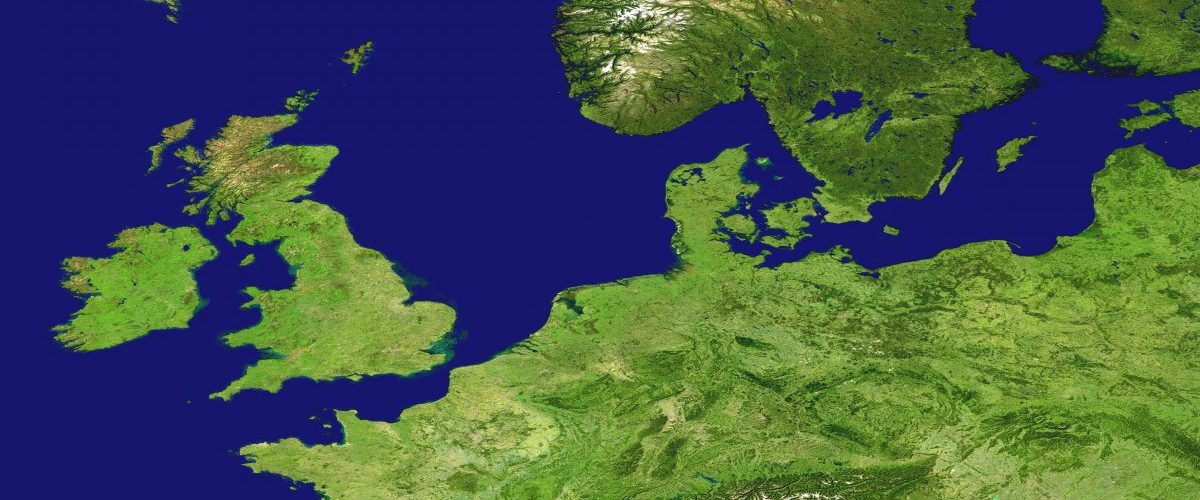VAT is a tax that is levied on consumption, so it must only ‘bear’ the tax burden that the tax carries on the final consumer. To achieve this objective, the tax could be configured in at least two ways:
- Taxing only the last phase (the retail phase).
- Taxing all phases of the economic cycle and dragging (at no cost to businessmen and professionals) the tax to the final consumer.
The community choice for the second model is clear and the motivation is set out in Recital 5 of the VAT Directive:
A VAT regime achieves a maximum of simplicity and neutrality when the tax is collected as generally as possible and its scope covers all the phases of the process of production and distribution of goods, and the provision of services .














